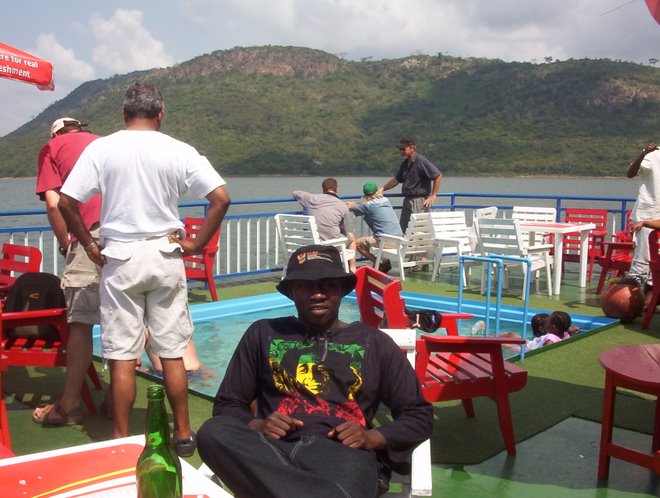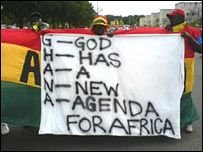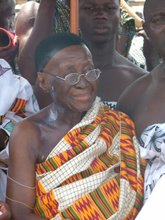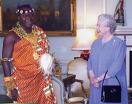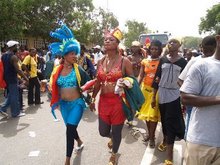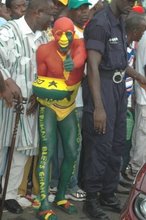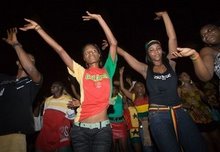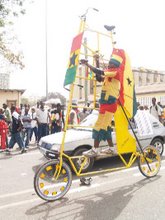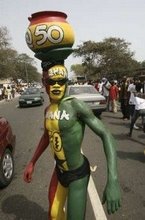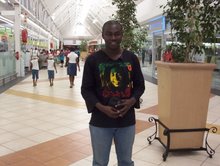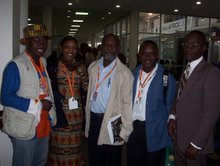Suame Magazine Institute gets support
The quest by the Suame Magazine Industrial Development Organisation (SMIDO) to ensure the application of modern automatics engineering in vehicular diagnostics and repairs in the industrial operations of Suame Magazine has received a significant boost. This followed the engagement of Mr.Lubomir Spacek, from the United Kingdom, an international expert and a service engineer from WABCO, one of the leading European and Global auto brands for a two day seminar on Electronic Braking Systems(EBS) and Anti Lock Braking systems(ABS) at Suame Magazine. The seminar was organised for 50 artisanal students and instructors of the Suame Magazine Automatics Technical Institute (SMATI). The seminar which was facilitated by the Suame Magazine Industrial Development Organisation (SMIDO) and the European Truck & Trailer Parts LTD (ETTP) was the first in the series of such seminars intended to expose the artisanal engineering students at SMATI to modern auto engineering best practices in the global automobile industry. The European Truck & Trailer Parts LTD (ETTP) is the authorised sales representatives of leading European auto brands such as Bosch, Mahle Filter, SACHS, WABCO, Garrett, Holset, Ferodo and FD Diesel in West Africa with its headquarters in Accra. The artisans were taken through a wide range of lessons in vehicular stability and road safety through modern Electronic Braking Systems, Anti Lock Braking systems and the basics of auto diagnostics engineering. The lectures were delivered by Mr. Lubomir Spacek ,through interpreters who are part of the SMIDO local team of experts in auto diagnostics studies currently assisting the students at the Suame Magazine Automatics Technical Institute (SMATI). A cross section of students interviewed were highly impressed with the exposure and said they wish they had been introduced to this system very early in their career to minimise the dangers of try and error in vehicular repairs. Some of them saw the exposure as a reminder of the level of denial and lack of interest in their trade by policy stakeholders who could have initiated this earlier on in the life of Suame Magazine. They were issued with certificates after the two day seminar. In an interview with the Resident Director of ETTP, Mr Ingo Weiler, he said the successful organisation of the seminar was to test the ground to assess the capacity of the artisans for them to appreciate modern automatics engineering practices. He indicated that upon the establishment of the institute prospects have improved for SMATI-ETTP partnership for equipment support, curricula development, common project adoption and implementation as well as the engagement of renowned global industry experts through their international partners for seminars at Suame Magazine. On his part, the consultant to SMIDO, Mr.Nyaaba-Aweeba Azongo, indicated that they were working vigorously to formalise the partnership with ETTP by June this year to strengthen their collaboration in all spheres of automatics engineering. He said he greatest desire was to ensure that both conventional and indigenous technologies were well harmonised for incorporation into the industrial operations of Suame magazine via SMATI. He indicated that apart from the transfer of technology component of the prospective partnership, they intend to push for the kind of collaboration which will enable SMATI and ETTP to initiate projects with the Ministry of Transport to offer state-of-the art solutions to national development challenges in the automobile industry in the country.





